DevOps monitoring tools: How to drive DevOps efficiency
Dynatrace
MAY 8, 2023
With the world’s increased reliance on digital services and the organizational pressure on IT teams to innovate faster, the need for DevOps monitoring tools has grown exponentially. But when and how does DevOps monitoring fit into the process? And how do DevOps monitoring tools help teams achieve DevOps efficiency?


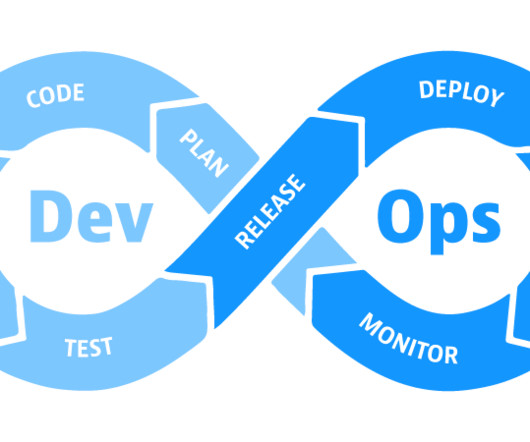























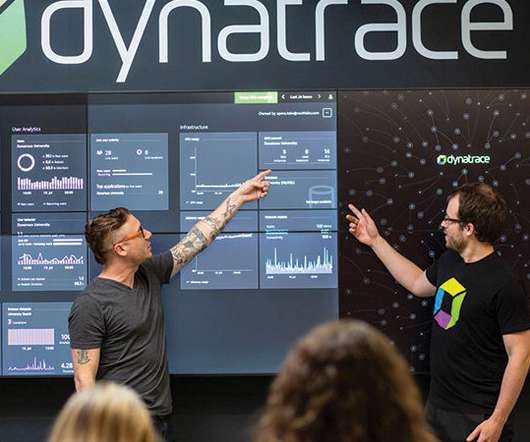

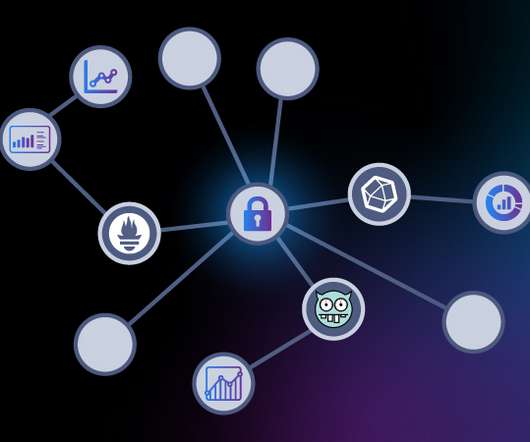

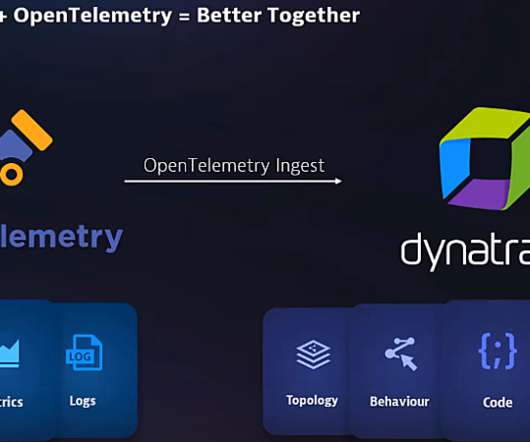

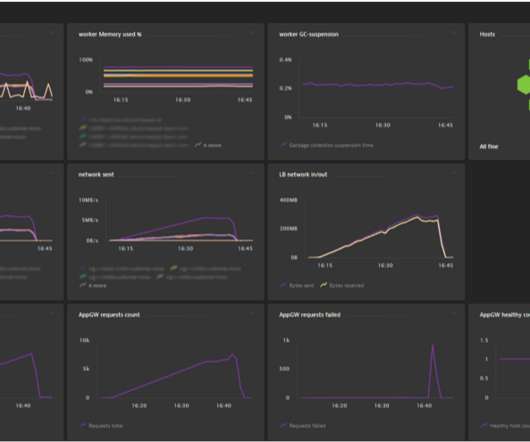













Let's personalize your content